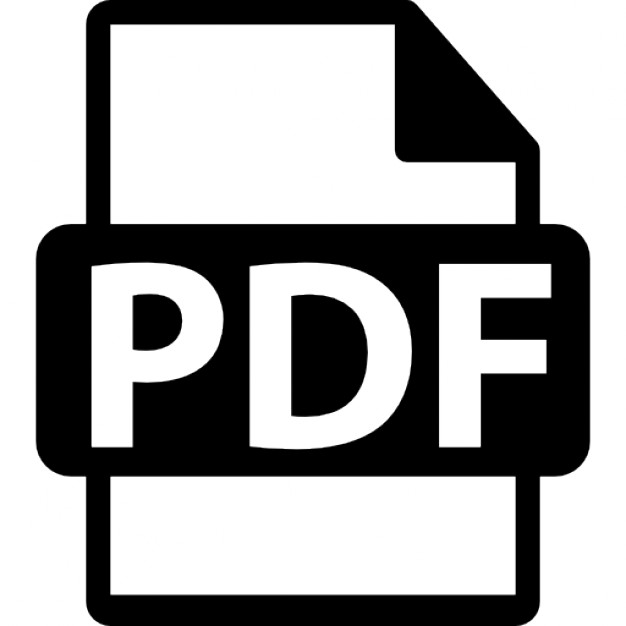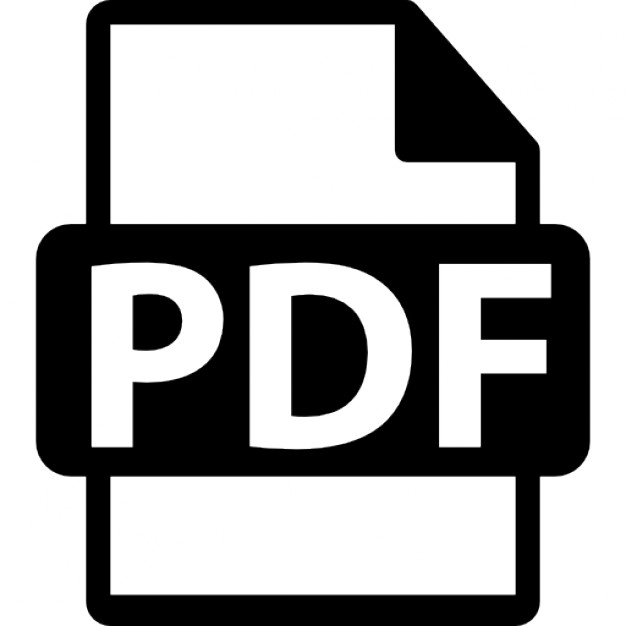BOSSA NOVA FOR GUITAR by Paul Donat
AN INTRODUCTION TO BOSSA NOVA Bossa Nova is a musical style that originated in Bra...
388 downloads
4015 Views
245KB Size
Report
This content was uploaded by our users and we assume good faith they have the permission to share this book. If you own the copyright to this book and it is wrongfully on our website, we offer a simple DMCA procedure to remove your content from our site. Start by pressing the button below!
Report copyright / DMCA form
BOSSA NOVA FOR GUITAR by Paul Donat
AN INTRODUCTION TO BOSSA NOVA Bossa Nova is a musical style that originated in Brazil in the late 1950's. It is basically a fusion of samba (a traditional Brazilian rhythm with elements of jazz. The names most associated with the movement are composer Antonio Carlos Jobim, singer/ guitarist João Gilberto and poet Vinicius de Morães. Saxophonist Stan Getz played a key role in the popularization of the Bossa Nova in North America. He recorded Jobim hits like "Desafinado", "One Note Samba" and the ever popular "Girl From Ipanema" in the early 1960's.
It is indisputable, however, that it was the guitar and vocal stylings of João Gilberto that consolidated the Bossa Nova movement in Brazil. In fact, the term Bossa Nova (meaning "new wave") was coined by Jobim in describing João Gilberto in the liner notes of one of their first recordings. Other names associated with Bossa Nova are Carlos Lyra, Roberto Menescal, Luiz Bonfa, Marcos and Paulo Sergio Valle, Baden Powell, Johnny Alf, Francis Hime, Luiz Eça, Durval Ferreira, Mauricio Einhorn, Sergio Ricardo, Jorge Benjor, Laurindo Almeida and many others. Other composer/singer/ songwriters who have been strongly influenced by the movement are Edu Lôbo, Caetano Veloso and Gilberto Gil. Still others took Bossa Nova to new heights in a jazz context by using the style and compositions as a basis for jazz improvisation. Some of these are Sergio Mendes and groups like the Bossa Tres, Tamba Trio and Zimbo Trio. It is in recordings of these and other Brazilian artists that the "true" sound of the Bossa Nova and other Brazilian popular music forms can be heard.
2
THE GUITAR IN BOSSA NOVA The guitar is unquestionably the most popular and widespread instrument in all of Latin America, including Brazil. This is perhaps because of its portability, relative inexpense, and its ability to accompany the voice with chords. Unlike the steel-string variety popular in North America, the most common type of guitar to be found in Latin countries is the acoustic nylon-string or "classical" guitar, known in Brazil as the "violão". The nylon strings produce a soft, rich tone which has become the hallmark of the Bossa Nova sound. A standard Bossa Nova group might include guitar (acoustic or electric), piano (or keyboard), bass (acoustic or electric), drumset, wind instruments (flute, trombone, sax, trumpet, etc.), strings, and voice. Often, however, the guitar will be heard by itself accompanying the voice or being played alone as a solo instrument. Most of the composers mentioned thus far are guitarists. This gives an indication of how important the instrument is in the Bossa Nova. One composer who has exploited the guitar as a solo instrument is Baden Powell (not the Boy Scout man!) João Gilberto is most noted for his style of accompaniment and guitar/vocal interaction. Lyrics are usually sung in Portuguese, the language of Brazil, although many English translations do exist, particularly for the music of Antonio Carlos Jobim.
3
PLAYING BOSSA NOVA ON GUITAR Basic accompaniment is not very technically demanding, but there are a few important points to keep in mind in order to create an authentic sound Using a nylon-string guitar of reasonable quality is ideal, although the rhythms can be learned on any guitar. The chords are fingered with the left hand and the rhythms are created by the thumb and fingers of the right hand. No picks are used. Ideally, one should have nails on the fingers of the right hand, as required in classical guitar technique. The combination of the flesh and nails of the fingers will produce a warm, "bright" sound.
As a general rune in Bossa Nova accompaniment, the thumb of the right hand plays the "bass notes" on the A(5th) and E(6th) strings, and the remaining chord tones are played by the combination of the first, second, and third fingers of the right hand pulling any three adjacent strings simultaneously. These three adjacent strings are usually the D(4th), G(3rd), and B(2nd), or the G(3rd), G(3rd), and B(2nd), and E(1st). The fourth finger of the right hand is not used as often, but sometimes it is desirable to use all four fingers to "pull" the first four strings of the guitar. This creates a four note chord with bass note(s).
4
The following is a classic (and the most common) Bossa Nova rhythm, notated for guitar:
Note the use of the cut-time signature. Actually, the most common time signature used in Bossa Nova and Samba is 2/4, but much of the music published for use in North America is written in 4/4 or cut-time.
Notice also that the bass notes fall on beats one and three. This is an important aspect of playing these rhythms. The bass notes are very rarely ever syncopated. They usually fall on "down" beats of each bar (i.e., one & three). This forms a "base" from which the three or four note chords on top can by syncopated. This is the essence of Bossa Nova accompaniment; i.e., the interaction between bass notes and syncopated chords.
Try playing this rhythm yourself (e.g. 1). It is the simplest and most used rhythm of Bossa Nova guitar. If you have trouble, begin by first isolating the upper rhythm and then add the bass notes when you feel comfortable. You will notice the thumb and fingers of the right hand operate independently of each other, somewhat akin to the left 5
and right hand of a piano player, though at a much more basic level. If you feel you need more help to develop independence between the thumb and fingers of the right hand, here is a suggested approach-Start with a simple unsyncopated rhythm:
When you feel comfortable with that, try alternating the bass notes:
Next, alternate bass notes in the opposite way:
6
Now you should be ready to try the original rhythm again, but with a single bass note:
Now try the original rhythm again (e.g.1). Once you feel comfortable with this rhythm, try this variation:
Remember, when trying a new rhythm, you can always begin by using a non-alternating (or single) bass note:
7
Or do as suggested previously and start with the upper rhythm only, adding the bass notes later. Here are some more exercises to help develop proper technique for playing Bossa Nova rhythms on guitar:
8
9
<e.g. 16> <e.g. 17>
If you feel you can play the above exercises with no problem then you're probably ready to try another common Bossa Nova rhythm which can also be played fast in a Samba style. Try it slow at first.
You can vary this one by simply removing the first tie:
10
Now, by simply changing the order of the bars of e.g.18, you can create another very common rhythm used extensively in Bossa and Samba:
Again, this one can be varied by removing the tie in the second bar:
Here's another variation of this one:
11
Remove the tie in the second bar:
Now that you're familiar with the basic rhythms of Bossa (e.g. 1,6,18,20) you can try them with a chord progression. (Start with the rhythm from e.g.1)
Whenever it's not convenient to use two different bass notes (as in the A7b13 and G7b13 chords) you can use one, usually the root of the chords (A and G respectively). Try this progression with the basic rhythms and their variations.
In the actual performance of Bossa Nova and Samba, the rhythms used are decided upon by the tempo of the tune, the rhythms in the melody, and simply by which rhythm appeals to the artist performing the tune. In many cases, many different rhythms are used in a single tune. Remember, the basic rhythms presented here are only a guide
12
line from which to create other contrasting ones in order to add your own personal touch to the music.Good Luck! I hope this information helps you in your understanding and enjoyment of the music of Brazil.
For a comprehensive study of Brazilian rhythms for guitar I highly recommend "The Brazilian Guitar Book" by Nelson Faria, available from Sher Music Publications. Visit this internet address for more information: http://www.shermusic.com/brazguit.htm
Paul Donat ©1994 all rights reserved
13









